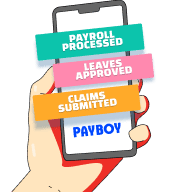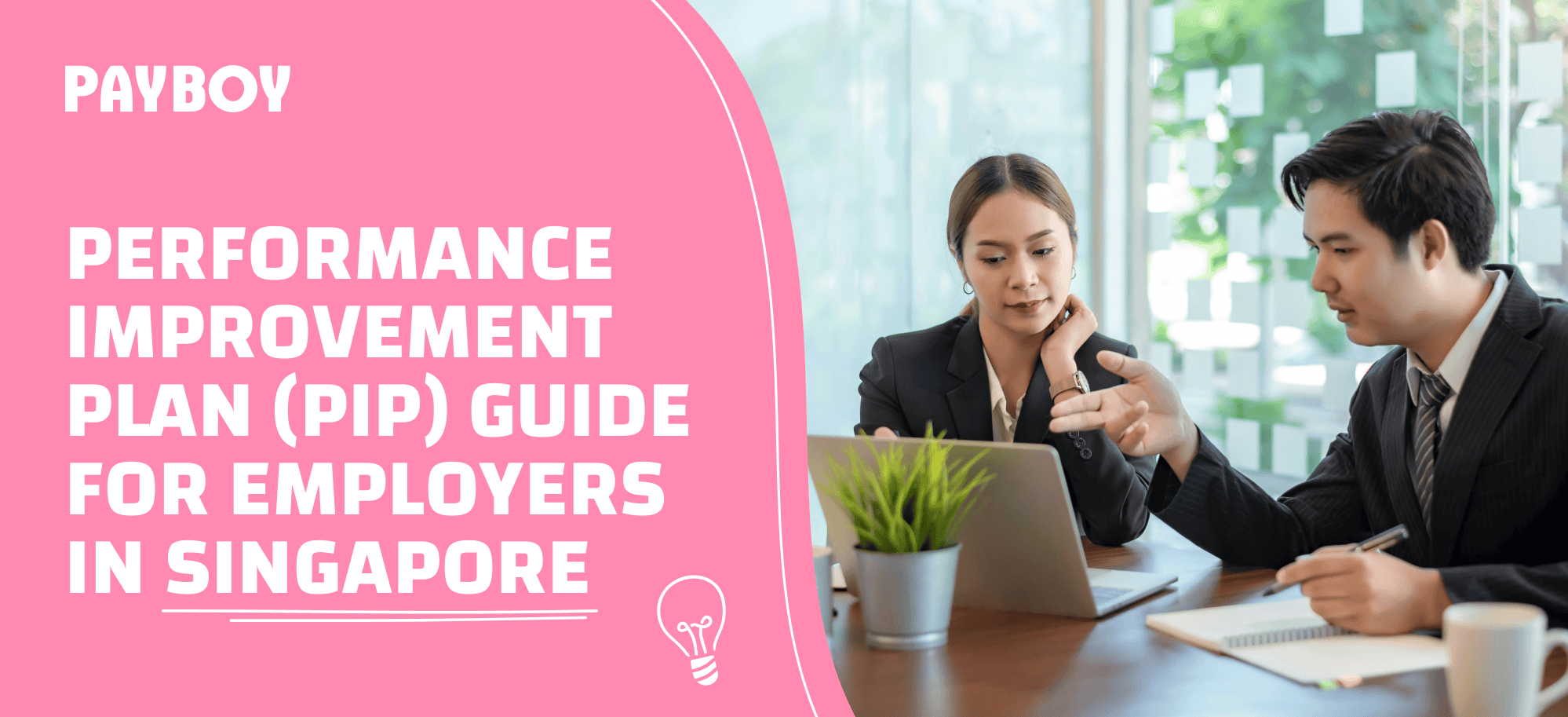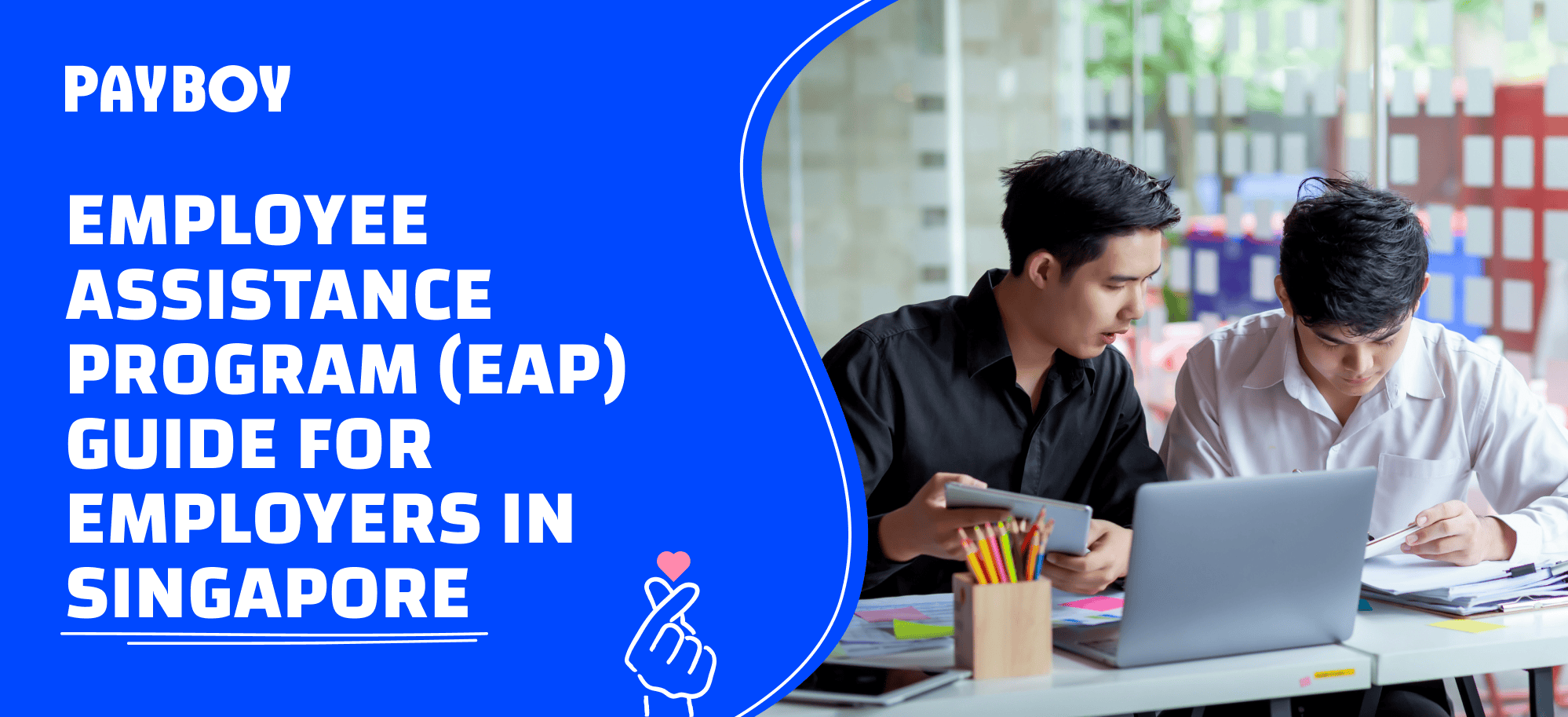Performance management plays a crucial role in keeping your team motivated and performing at their best. When employees hit a rough patch or struggle to meet expectations, a Performance Improvement Plan (PIP) can guide them back on track. This tool not only supports their growth but also helps keep your company moving towards its goals. So, how can employers craft a PIP that truly makes a difference? Dive into this guide to uncover the significance of PIPs and get practical tips to create an impactful plan for your team.
What is a performance improvement plan (PIP)?
A performance improvement plan, commonly known as PIP, is a structured intervention strategy designed to help employees identify and address performance deficiencies. It serves as a roadmap outlining clear expectations, measurable goals, and targeted actions to facilitate improvement. PIP is not merely a punitive measure but a constructive approach to empower employees to enhance their performance and contribute effectively to the organisation.
What are the objectives of a performance improvement plan?
The primary objectives of a PIP include:
- Identifying performance gaps
One of the fundamental objectives of a PIP is to identify and address performance gaps effectively. By pinpointing specific areas where the employee is falling short, employers can provide targeted support to help the employee bridge these gaps.
- Setting clear expectations
A PIP aims to establish clear, specific, measurable, achievable, relevant, and time-bound (SMART) goals that align with the employee's role and responsibilities. By clearly defining what is expected in terms of performance, quality, and deadlines, employees can have a clear roadmap to guide their efforts towards improvement.
- Providing support and resources
Supporting employees in their improvement journey is crucial for the success of a PIP. This involves offering necessary training, mentoring, or resources tailored to address the identified performance gaps. Whether it's additional training sessions, access to learning resources, or one-on-one coaching sessions, providing the right support can empower employees to enhance their skills and capabilities effectively.
- Ensuring accountability
Employees must be held accountable for meeting the agreed-upon milestones and demonstrating improvement over the course of the plan. By establishing clear accountability mechanisms, such as regular performance reviews and feedback sessions, employers can reinforce the importance of meeting performance expectations and taking ownership of one's professional development.
- Determining future course of action
Lastly, a PIP serves as a diagnostic tool to determine the most appropriate course of action for the future. Based on the employee's progress, feedback, and performance outcomes, employers can make informed decisions about whether further training, coaching, or other interventions are required. This forward-thinking approach ensures that employees receive the necessary support and guidance to sustain long-term improvement and success.
What are some reasons for a performance improvement plan?
Inconsistent quality of work
Performance issue: An employee’s quality of work produced varies significantly, with occasional instances of subpar output.
Action Plan:
- Create and use a quality assurance checklist to ensure task standards are met.
- Seek feedback from team members before finalising deliverables as part of peer reviews.
- Enrol in training programmes to enhance skills and stay updated.
Missing deadlines repeatedly
Performance issue: An employee consistently misses project deadlines and is frequently late, disrupting team schedules and impacting productivity.
Action Plan:
- Plan out a structured task board/list, like creating timelines and planning the day the night before.
- Implement time management techniques, such as prioritising tasks and setting reminders.
- Collaborate with team leads for better planning and coordination.
- Seek mentorship or training on effective task management to improve efficiency.
Receives negative feedback from clients or customers
Performance issue: An employee consistently receives negative feedback from clients. This tarnishes an employee's professional image and also undermines the clients’ trust in your company, potentially driving them to seek services elsewhere.
Action Plan:
- Shadow a more experience customer-facing teammate
- Attend customer service excellence training programmes within the next two months
- Engage in role-playing exercises to practise handling various customer scenarios
- Regularly seek feedback from colleagues to identify areas for improvement and adapt accordingly
Poor sales performance
Performance issue: A sales employee hasn’t been able to meet sales targets for a few months, and the poor sales performance may stem from a combination of factors such as insufficient product knowledge or ineffective sales techniques.
Action plan:
- Schedule a one-on-one meeting to discuss performance concerns and understand any challenges the sales employee may be facing.
- Review the sales targets and performance metrics with the employee to ensure clarity on expectations.
- Identify specific areas for improvement, such as product knowledge, sales techniques, or time management.
- Provide additional training or resources to support skill development and performance improvement.
- Schedule weekly role-play sessions to practise sales strategies using different case studies.
7 tips how to create an effective performance improvement plan
An effective performance improvement plan is a structured and supportive framework that encourages employee growth and addresses performance challenges. These are the 7 tips to create an effective one:
Tip #1: Clearly identify performance issues
The first step in creating an effective PIP is to clearly identify and articulate the specific performance issues or deficiencies. This involves providing a detailed description of the areas where the employee is falling short in meeting expectations, whether it's in terms of quality, productivity, or any other relevant metrics.
Tip #2: Set achievable goals
Establish clear and measurable improvement goals. These goals should be specific, achievable, relevant, and time-bound (SMART), providing a roadmap for the employee to follow.
Tip #3: Provide support and resources
This part involves detailing the types of support and resources that will be provided to the employee. Whether it's additional training, access to learning resources, or one-on-one coaching sessions, providing the right support can empower employees to enhance their skills effectively. Learn how to design an effective employee training programme with our comprehensive “Employee Training Guide for SMEs in Singapore”!
Tip #4: Establish timelines and durations
Typically, PIPs last between 30 to 90 days, providing a reasonable timeframe for the employee to work towards achieving the outlined goals. This duration allows for sufficient time for the employee to implement changes, receive feedback, and make necessary adjustments to their performance.
Tip #5: Outline the review dates
By setting specific review dates throughout the duration of the plan, employers can track the employee's progress, provide timely feedback, and make any necessary adjustments to the plan. These regular check-ins also offer opportunities for open communication, addressing any concerns, and celebrating successes along the way.
Tip #6: Maintain confidentiality
Respecting the employee's privacy and maintaining confidentiality throughout the PIP process is crucial. Ensure that discussions, feedback, and performance reviews are conducted in a private and sensitive manner, protecting the employee's personal and professional reputation. This confidentiality fosters trust, openness, and respect, creating a supportive environment for constructive feedback and improvement.
Tip #7: Write down fair consequences of non-improvement
Lastly, it's crucial to outline the potential consequences if the employee fails to meet the expected improvement targets within the specified timeframe. This may include further disciplinary actions, termination of employment, or other relevant measures. Clearly communicating these consequences upfront ensures that employees understand the importance of the plan and the implications of not making the necessary improvements.
Tip: For a comprehensive approach to performance management, read our guide on how to design an effective performance appraisal system before implementing your PIP!
Does a performance improvement plan only cover poor performance?
While PIPs are often associated with addressing poor performance, they can also be used proactively to support employees in achieving career development goals or adapting to new roles or responsibilities.
Can employees request an extension in their performance improvement plan?
Yes, PIPs can be extended. The decision to extend should be based on the employee's failure to meet specific milestones and the company's willingness to provide additional time for improvement. However, the extension should ideally not exceed half of the originally stated timeframe or one additional cycle of the original duration.
Can the duration of the performance improvement plan be reduced?
Once the duration of a PIP is set, it represents an agreed-upon timeframe for the employee to demonstrate improvement. Changing this without agreement wouldn't be fair to the employee and goes against the shared plan. However, if an employee demonstrates significant improvement ahead of schedule, employers may reevaluate the plan's duration or make a plan adjustment.
How can employers avoid the negative stigma of performance improvement plans?
Step #1: Transparent communication
Foster a culture of open communication and clearly explain the purpose of their PIP so that employees feel comfortable discussing their performance concerns without fear of judgement.
Step #2: Constructive feedback
Provide specific and constructive feedback that focuses on performance rather than personal attributes, followed by celebrating small improvements to encourage positive behaviour and motivate employees to continue their progress.
Step #3: Supportive environment
Ensure employees have access to the necessary resources, training, and support to help them meet the objectives outlined in the PIP.
Step #4: Be empathic and understanding
Demonstrate empathy and understanding towards employees' challenges and concerns, offering flexible solutions when possible to accommodate their needs.
Step #5: Be fair and consistent
Implement PIPs consistently and fairly across the organisation, avoiding any perception of bias or discrimination.
What happens if an employee doesn’t make an improvement?
Sometimes, with the support you provide, the desired improvements may not happen as quickly as you'd hope. In such cases, here are some alternative steps employers might consider:
- More training or coaching: perhaps a different approach or more targeted guidance—can help bridge the gap.
- Switching up roles: a change in responsibilities might offer a fresh perspective and better alignment with strengths. Explore the benefits of role transitions through the Career Conversion Programme (CCP), which provides funding support for existing workers to receive training for new or redesigned job roles.
- Extended probation: sometimes a bit more time can make all the difference.
- Termination of employment: in rare cases, it might be best for both parties to move on. Learn how to manage notice periods in a fair and efficient manner with “Notice period: A guide for employers in Singapore”.
Simplify your performance appraisal process with Payboy HR & Payroll software!
Using HR software to manage performance appraisals can help organisations effectively and efficiently manage employee evaluations, feedback, and reviews. This allows managers to spend less time on administrative tasks and more time focusing on important strategic initiatives.
If you're looking for an affordable solution that's easy to use, customisable to your unique needs, and accessible from any device, consider Payboy's HR & Payroll software! With Payboy's appraisal system module, you can:
- Customise unique performance appraisal forms for each employee, based on their function and role.
- Set up 360-degree feedback to gather fair and all-round assessment for each employee.
- Store all historical appraisals in the cloud to gain valuable insights into employee productivity and performance over time.
Streamline your HR processes with Payboy today!
As a PSG-approved HRMS, Payboy provides a robust system to help you manage your HR tasks so that you can focus on your business and people!
With our wide range of modules, you can customise a solution to meet the specific needs of your business:
Payroll Processing | Leave Management | Claims Management | Applicant Tracking
Time Attendance | Shift Scheduling | Appraisal System | Inventory ManagementProject Costing | Training Management





















